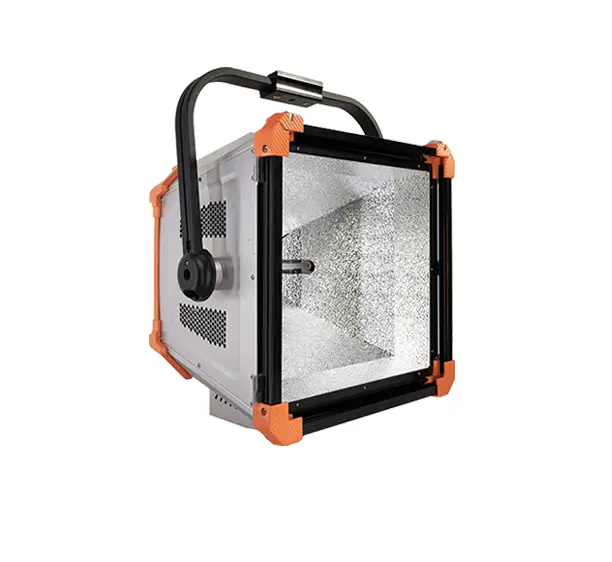Cinematography, as an art form, relies heavily on the mastery of light to convey emotions, set the tone, and create immersive visual experiences. With advancements in technology, cinematography lighting simulators have emerged as powerful tools, revolutionizing the way filmmakers approach visual storytelling. This blog will explore the evolution of cinematography lighting and the transformative impact of the cinematography lighting simulator on shaping narratives.
The Traditional Craft of Cinematography Lighting
Traditionally, cinematographers faced the challenge of manipulating natural light or employing intricate setups with physical lights to achieve desired effects. The process involved trial and error, extensive planning, and sometimes on-set improvisation to capture the perfect shot. As technology progressed, the need for more efficient and flexible solutions gave rise to the cinematography lighting simulator.
The Role of Cinematography Lighting Simulator
Enter the cinematography lighting simulator – a game-changer in the world of filmmaking. This virtual tool allows cinematographers to simulate various lighting scenarios in a controlled environment, offering a preview of how different lighting setups will impact the final shot. The simulator replicates the behavior of real-world lights, providing a dynamic and interactive platform for experimentation.
One of the key advantages of cinematography lighting simulators is the precise control they offer over lighting variables. From adjusting the intensity and color temperature to manipulating the angles and positioning of virtual lights, cinematographers can experiment with countless combinations to achieve the desired look. This level of control enhances visualization, allowing filmmakers to fine-tune their creative vision before stepping onto the physical set.
Streamlining Workflow and Efficiency
The integration of cinematography lighting simulators into the filmmaking workflow has streamlined the pre-production phase. Cinematographers can now efficiently plan and execute lighting setups without the need for extensive equipment or time-consuming adjustments on set. This not only saves valuable production time but also contributes to a more efficient and cost-effective filmmaking process.
Cinematography lighting simulators encourage experimentation and innovation. Cinematographers can explore unconventional lighting techniques, test different color schemes, and push creative boundaries in a risk-free virtual environment. The ability to experiment with lighting setups before the actual shoot empowers filmmakers to make informed decisions, fostering a culture of continuous improvement and artistic exploration.
Bridging the Gap between Imagination and Execution
The transformative impact of cinematography lighting simulators lies in their ability to bridge the gap between imagination and execution. Filmmakers can visualize their creative concepts in a virtual space, ensuring that the final product aligns with their artistic vision. This not only enhances the quality of the visual storytelling but also contributes to a more collaborative and communicative filmmaking process.
As cinematography lighting simulators become integral to the filmmaking toolkit, they are shaping the future of visual storytelling. The marriage of technology and creativity empowers cinematographers to elevate their craft, pushing boundaries and redefining the possibilities of cinematic expression. The transformative power of the cinematography lighting simulator lies in its ability to turn imagination into reality, creating a seamless synergy between creative vision and technical execution in the dynamic world of filmmaking.
 English
English 日本語
日本語 한국어
한국어 Español
Español italiano
italiano العربية
العربية






